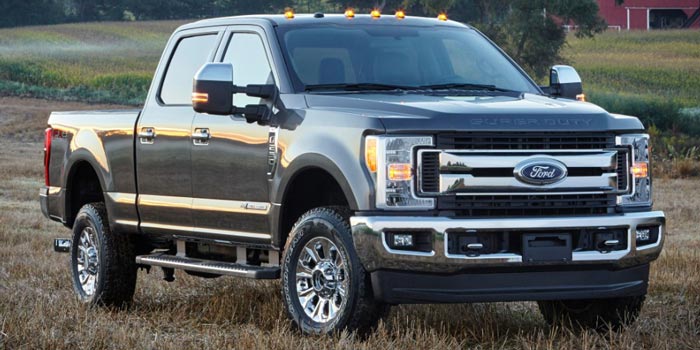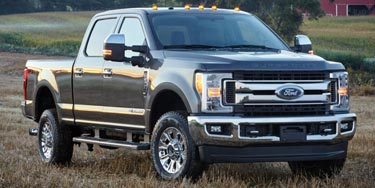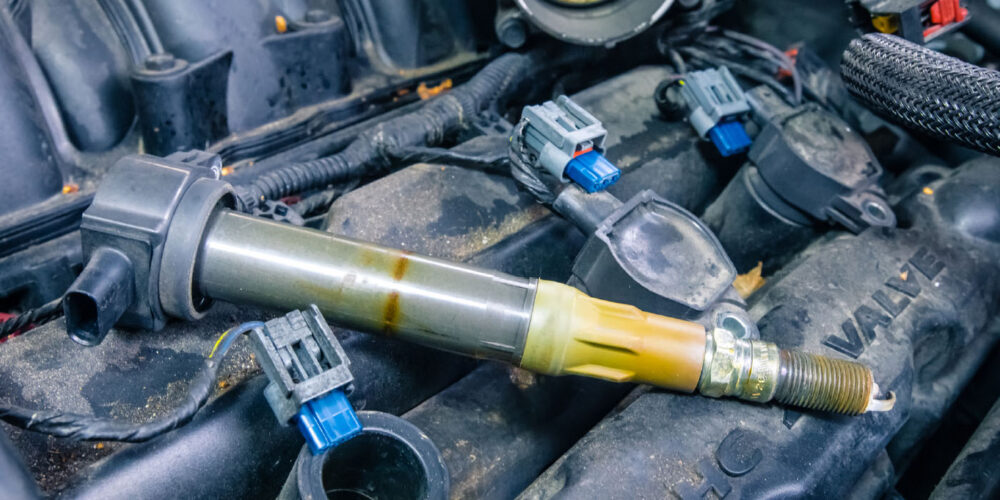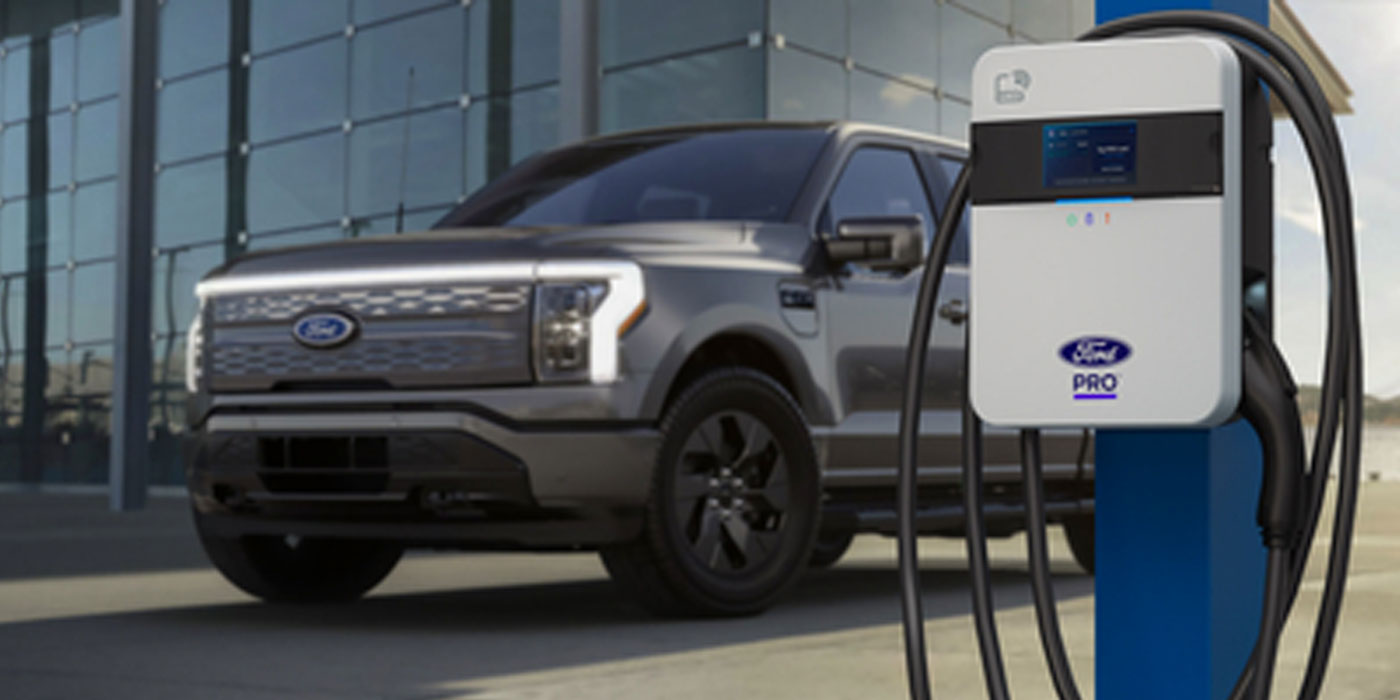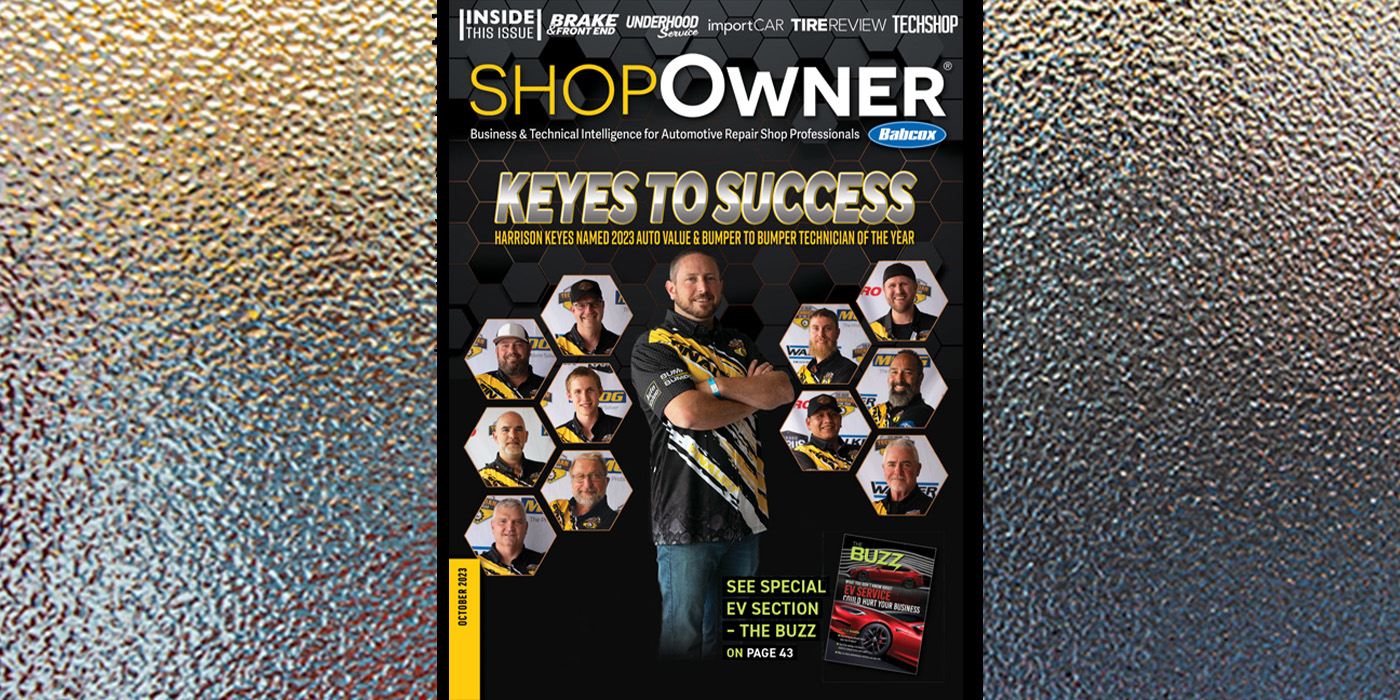2011-2016 Ford F-250
Issue
Some customers with 2011-2016 F-250 Super Duty 4×4 vehicles want to raise the rear of their vehicle to change vehicle attitude appearance. This procedure provides the necessary information for this modification in accordance with engineering specifications. The modification is a customer responsibility and is not covered by New Vehicle Limited Warranty.
Service Procedure
Rear ride height may be increased by replacing the rear leaf spring spacer block along with additional components. Raising the rear ride height could affect fifth wheel trailer compatibility.
1. Is the vehicle a 2014-2016 model year and equipped with a snow pre-package?
a. No: Proceed to step 2.
b. Yes: No further action is required. The vehicle is already equipped with all the components listed in this procedure.
2. Lower the rear axle and remove the original 5 cm (2”) rear spring spacers. Discard the spacers, U-bolts and nuts.
3. Install the 10 cm (4”) rear spring spacers, using new U-bolts and nuts.
4. Raise the rear axle and tighten the U-bolt nuts in proper sequence.
5. Replace the rear shock absorbers.
6. If the vehicle is equipped with a two-piece driveshaft, replace the driveshaft and center bearing bracket. Proceed to step 8.
a. Check driveline angles, if required.
b. Failure to update the center bearing bracket, if required, may result in driveline shudder.
7. If the vehicle is equipped with a one-piece driveshaft, replace the driveshaft.
8. If the vehicle is equipped with a camper package with rear suspension stabilizer bar, replace both rear stabilizer bar links.
9. Adjust headlamp aim.
Courtesy of ALLDATA.

